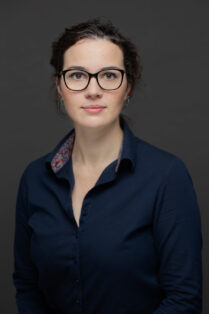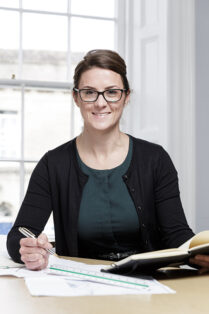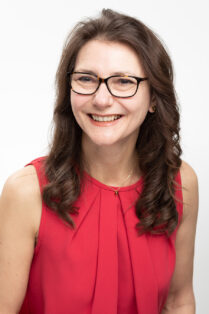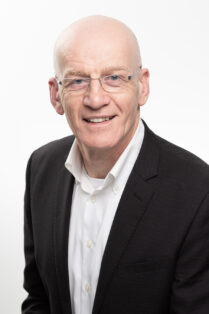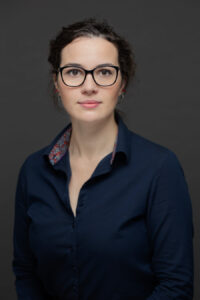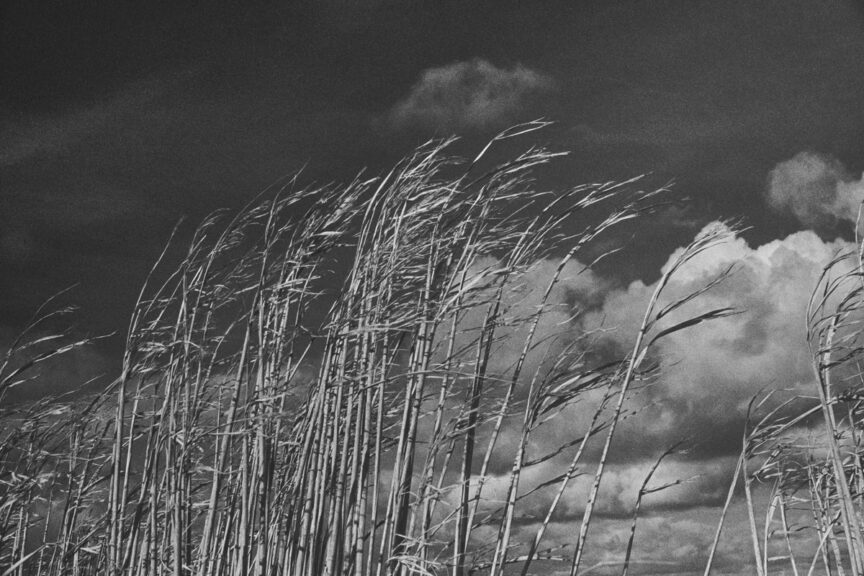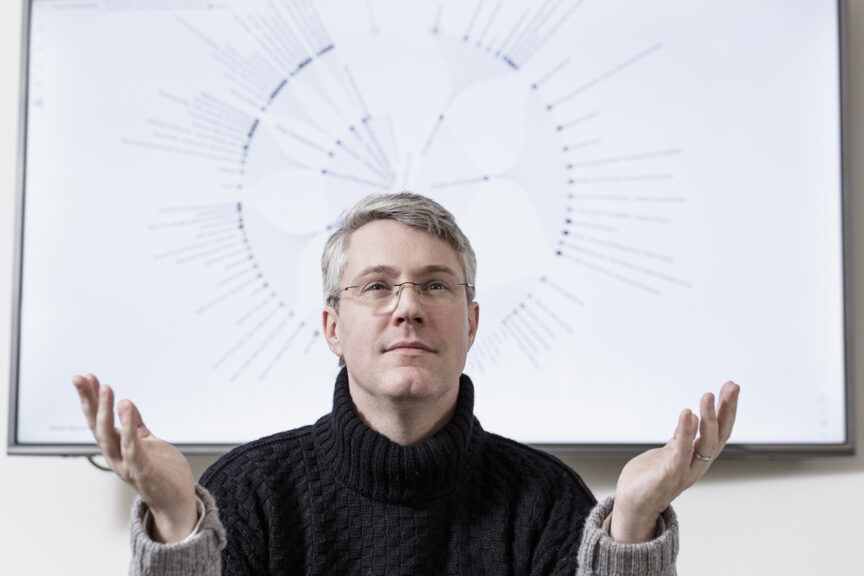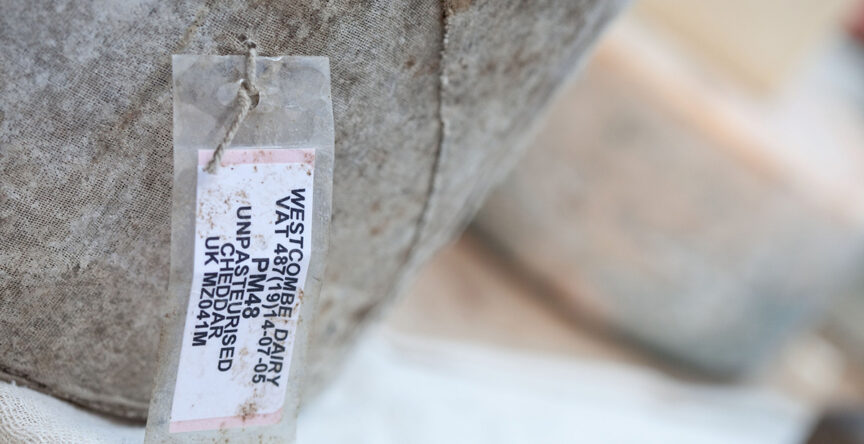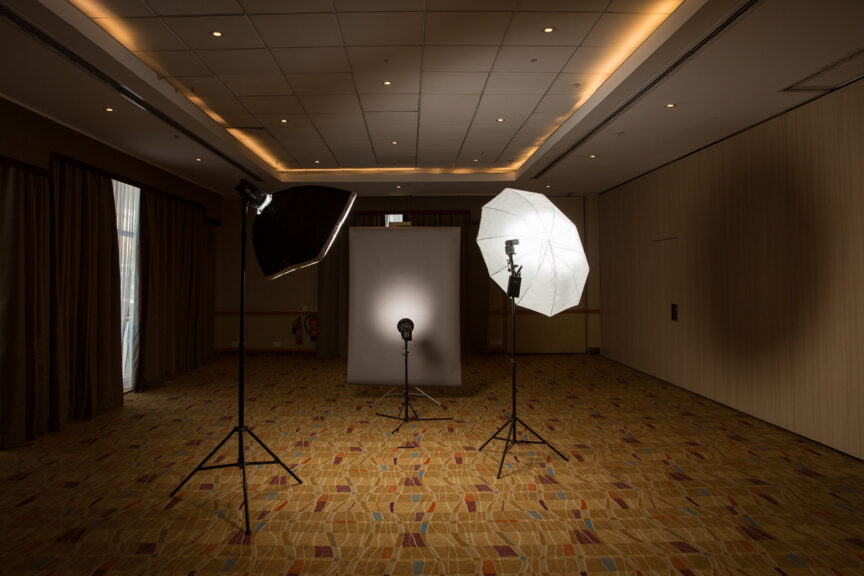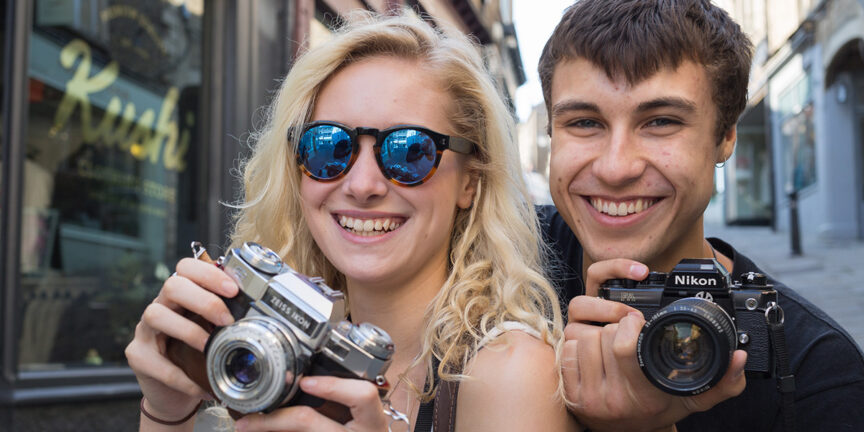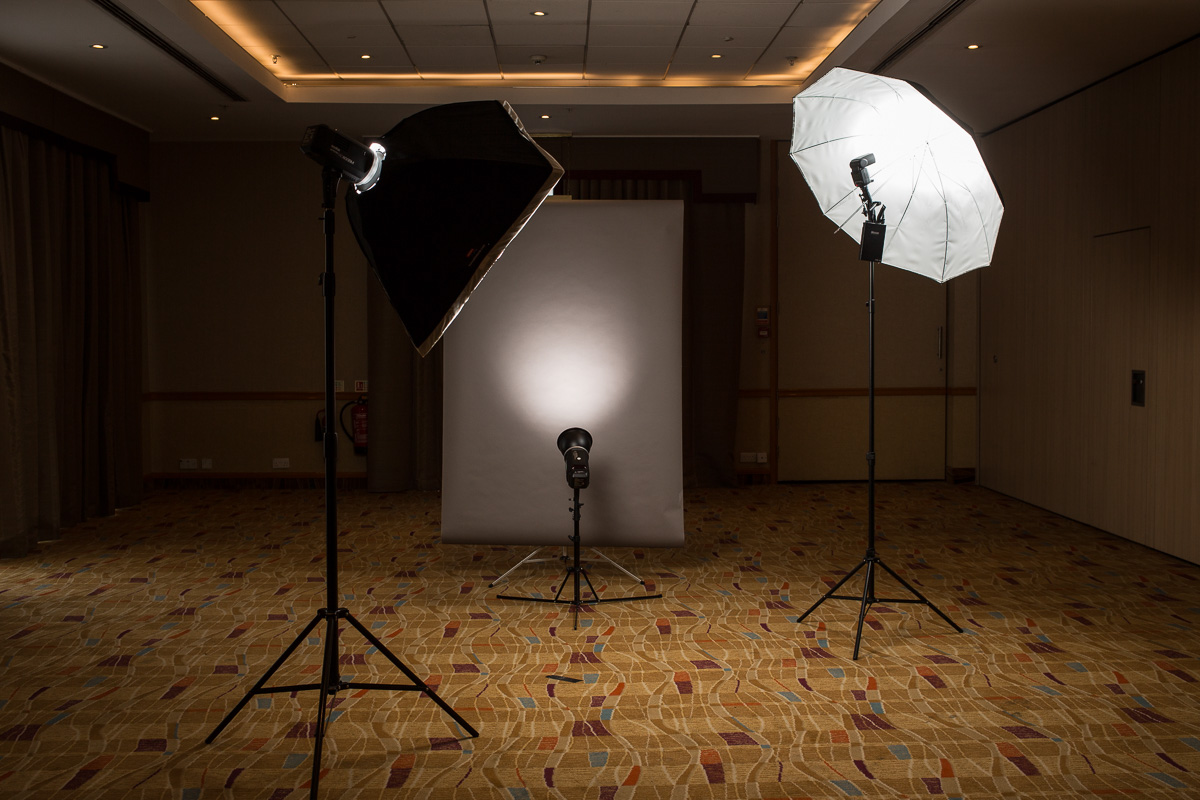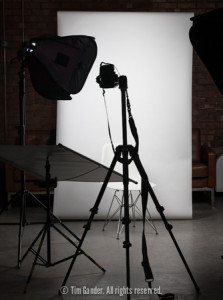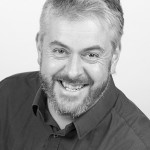Glasses. Don’t you love ’em? They’re never where you need them. You spend ages hunting for them only to discover they’re already on top of your head. Yet even though contact lens technology has leapt forward, they don’t work for everyone and so we still need our specs a lot of the time.
I didn’t need to wear glasses at all until I hit 45, then BAM! my near vision went. I couldn’t work out why I was struggling to see the images on the back of my camera. I thought I needed a longer neck strap, then longer arms. Then I realised, I needed an eye test.
Now I can work fine with glasses. Ok, it’s a bit of a pain, but on the whole I’ve got used to them. The bigger issue tends to be when a portrait sitter wears glasses; how do we avoid reflections from the lenses? Well here are some helpful tips if you’re a glasses wearer.
To wear, or not to wear? Is it even a question?
The first question (so yes, it is a question) is whether you should wear glasses at all when having your portrait taken. My answer is always, if you’re known for wearing glasses, if you wear them the majority of the time, then wear them for the shoot.
Someone who habitually wears glasses can look uncomfortable without them. I’m always happy to do with-and-without, but vanity shouldn’t be the deciding factor (that’s for you to decide) and neither should the risk of reflections (a technical issue for me to work through).
What can be done to avoid reflections?
Mainly it’s a lighting issue. Uncontrolled daylight can make it impossible to avoid some reflection in the glasses, but for portraits I almost always use portable studio flash as my sole lighting source. This gives me more control over the final look, as well as over reflections.
Then I choose lighting modifiers which minimise the risk of reflections. The position of my lights is also a major factor, but there are also things you, as the glasses-wearing sitter, can do to help.
Probably the most important factor is the quality of your glasses. Spectacles with good quality coated lenses are best. You may remember gasping at the cost when your optician quoted for non-reflective coatings, but they are designed to transmit as much light as possible to your eyes which means you can see things more clearly. Happily they also mean less light bounces off the surface of the lenses and *hey presto* less reflection back to the camera.
Now the most expensive coatings in the world are useless if your lenses are double-coated in fingerprints, chip grease and cat hair, so make sure they’re scrupulously clean right to the edges. Once cleaned, you’ll probably see a lot better too! Use a good quality cloth and cleaner fluid if they’re really manky, but go gently – you don’t want to damage them. Your optician should be able to advise on the best cleaning methods.
Anything else?
Yes, head position will also be a factor in the same way the position of the lights will help exclude reflections. This is something I guide people on once they’re in front of me, so there isn’t any general advice I can offer beyond “listen to the photographer and do as they ask”. I’m happy to boss you about (gently of course) if it means a great end result.
The only other thing which can be an issue for glasses wearers is when the frame cuts across the eyes. This is normally avoided by ensuring your spectacles are properly seated on your nose, not slipping forward. This is less a reflection issue, but it can help with the positioning of your face in relation to the lights, so it’s also important.
But that’s it really; the right lighting, decent quality lenses, keeping them clean and head/face position. It’s a bit of a team effort, but on reflection, I think it’s worth it.

